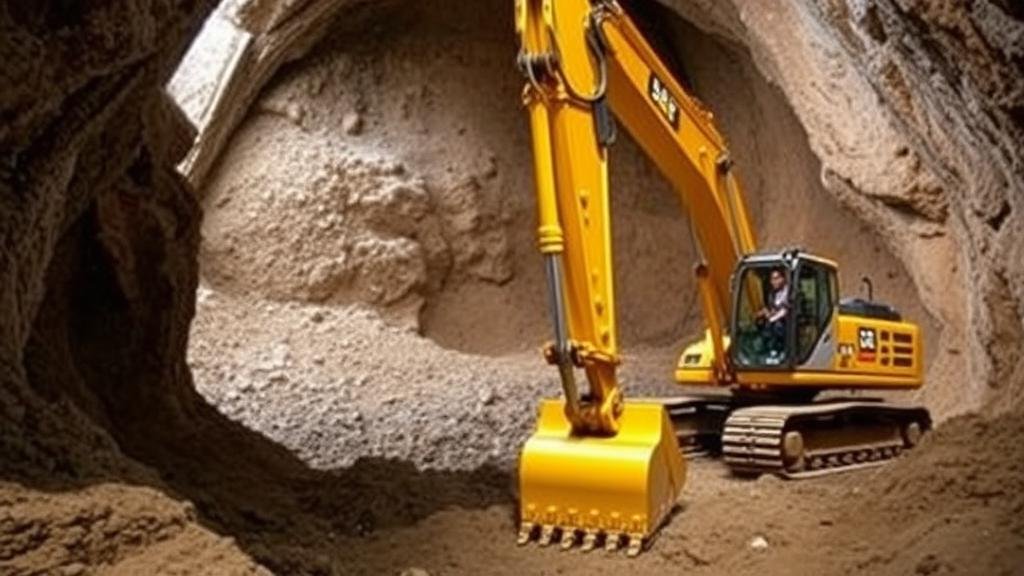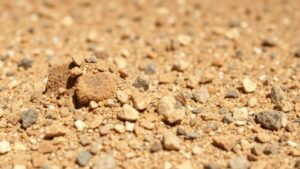Techniques for Excavating Declines in Hard Rock Mines Without Heavy Equipment
Techniques for Excavating Declines in Hard Rock Mines Without Heavy Equipment
The excavation of declines in hard rock mining environments poses unique challenges, particularly when heavy equipment access is limited or prohibited. This article explores various techniques employed by mining professionals that facilitate the creation of declines in such conditions. These methods provide viable alternatives to traditional excavation processes, ensuring operational efficiency and safety.
Understanding Decline Excavation
A decline is an underground ramp that allows access to different levels of a mine. It is essential for transporting materials and workers safely. In hard rock mining, declines must be excavated with precision to manage ground stability and water drainage effectively. Standard methods often rely on heavy machinery, but in areas with restricted access or environmental constraints, alternative solutions become necessary.
Manual Excavation Techniques
Manual excavation remains a critical component in the construction of declines, especially in confined sites. This method primarily involves hand tools and labor-intensive techniques, enabling miners to navigate restricted spaces.
- Drilling and Blasting: This technique involves the controlled use of explosives to fragment rock. Drilling holes into the rock is first performed using handheld drills or small drilling rigs, followed by the placement of explosives. This method is particularly effective when dealing with hard formations.
- Hand Tools: Simple hand tools like picks, shovels, and jackhammers are used for excavation. While labor-intensive, these tools allow for precise control over rock removal, minimizing the risk of destabilizing surrounding areas.
Hydraulic and Pneumatic Systems
Hydraulic and pneumatic systems offer another alternative for decline excavation. These systems leverage fluid power and compressed air to assist in breaking down hard rock.
- Hydraulic Breakers: These tools utilize hydraulic force to amplify the power exerted on a chisel or hammer tip, efficiently breaking rock without extensive physical labor. Their compact size allows for operation in tight spaces.
- Pneumatic Hammers: Similar to hydraulic breakers, pneumatic hammers rely on compressed air to deliver impactful blows to the rock surface, facilitating excavation without heavy machinery.
Ground Support Techniques
Ensuring ground stability is crucial when creating declines. Several ground support techniques can be applied simultaneously with excavation methods.
- Shotcrete: This technique involves spraying a mixture of cement and aggregates onto exposed rock surfaces to ensure stability. It acts as a protective layer that helps in preventing rockfalls and maintaining the integrity of the excavation.
- Rock Bolting: Rock bolts are installed into the rock mass to provide additional support. This method is particularly effective in reducing the susceptibility of rock faces to slippage during excavation.
Environmental Considerations
Environmental factors often dictate the methods used for excavation in hard rock mining. Techniques that limit noise and vibration are preferable in ecologically sensitive areas.
- Quiet Drilling: Utilizing low-noise drill rigs can mitigate disturbance in nearby communities or wildlife habitats, while still achieving effective rock fragmentation.
- Water Management: The incorporation of water sprays during excavation can reduce dust emissions, ensuring compliance with environmental regulations and promoting workplace safety.
Case Studies and Real-World Applications
Numerous mining operations have successfully implemented these techniques. For example, the San Joaquin Valley mining project in California relied predominantly on manual excavation methods due to its geographical constraints. The project utilized a combination of hand tools for spot-checking rock composition with hydraulic breakers for more extensive rock disintegration.
Another noteworthy application is the Argyle Diamond Mine in Australia, which effectively used shotcrete and rock bolting throughout its decline excavation. measures ensured stability and allowed for the safe transportation of heavy loads, even in the absence of heavy machinery.
Actionable Takeaways
Excavating declines in hard rock mines without heavy equipment is feasible and can be successful with the right techniques:
- Consider employing manual excavation methods for precise and controlled rock removal.
- Use hydraulic and pneumatic systems to assist labor-intensive efforts while preserving site integrity.
- Use ground support techniques like shotcrete and rock bolting to maintain excavation stability.
- Always factor in environmental considerations to align operations with sustainability practices.
By adapting these approaches, mining professionals can ensure efficient and safe decline construction, even in challenging hard rock environments.



